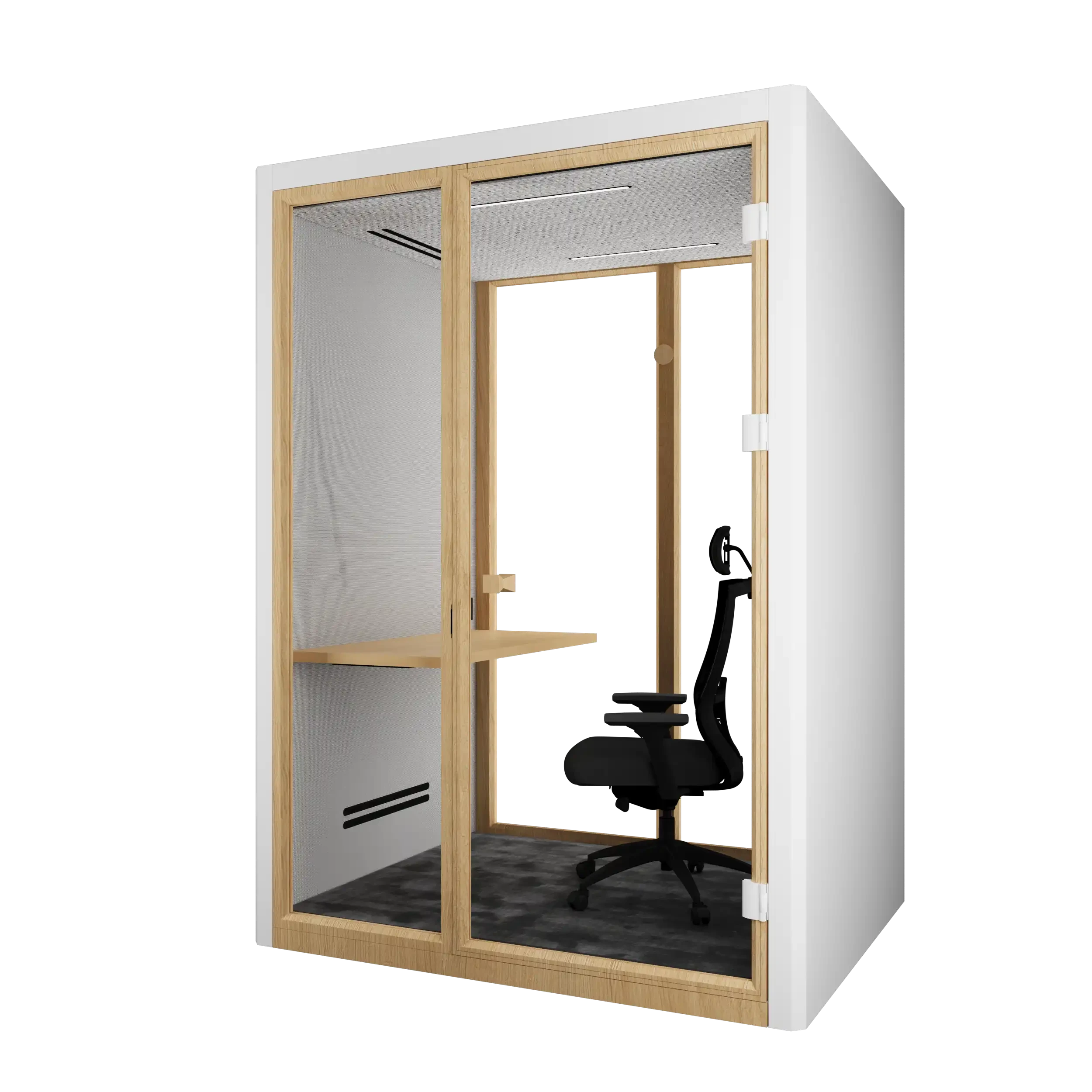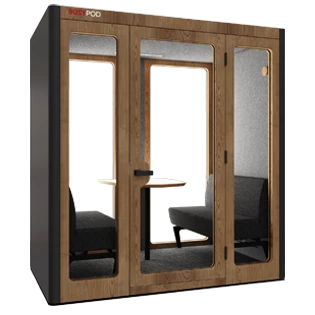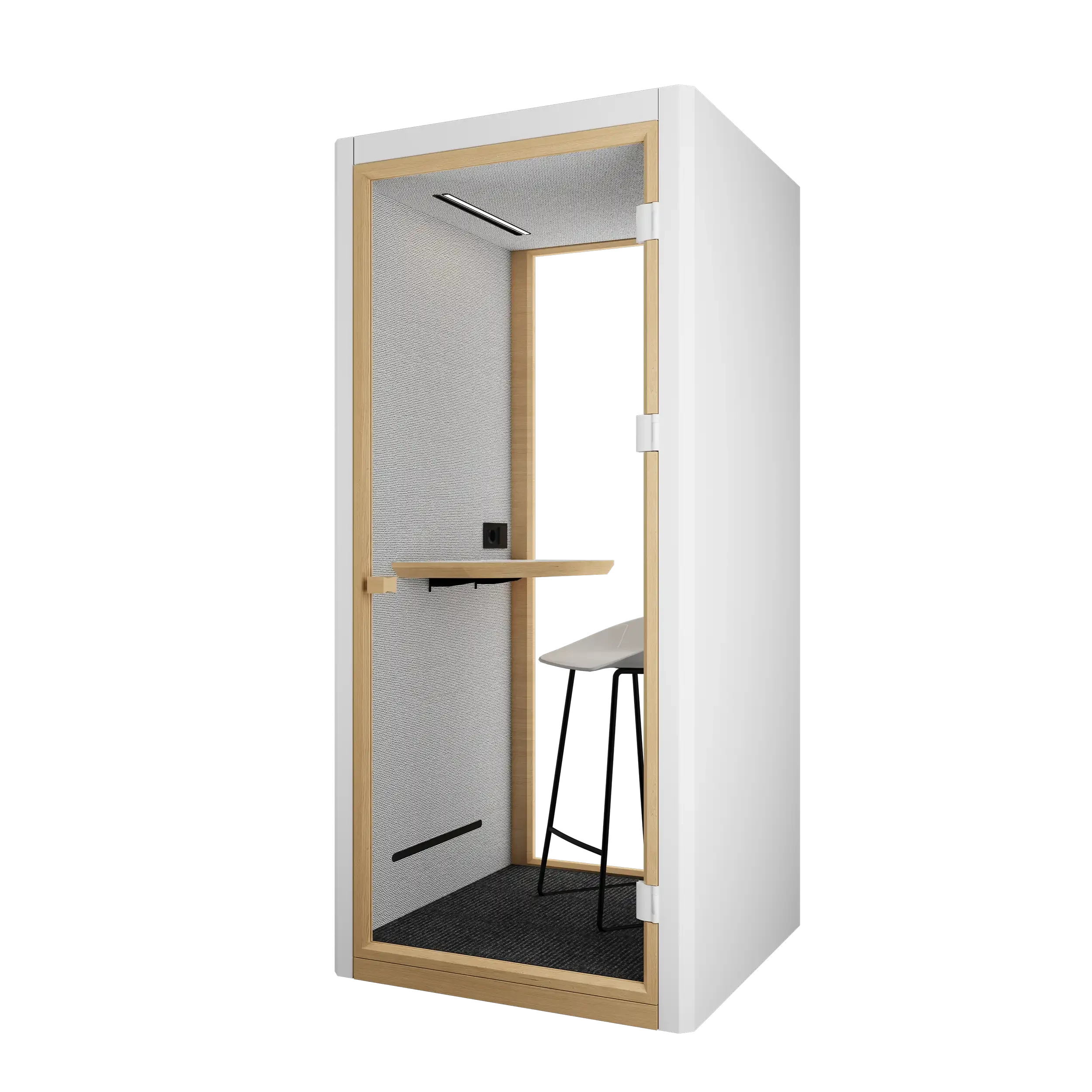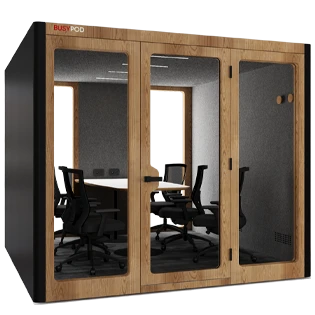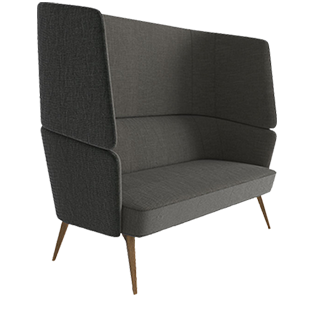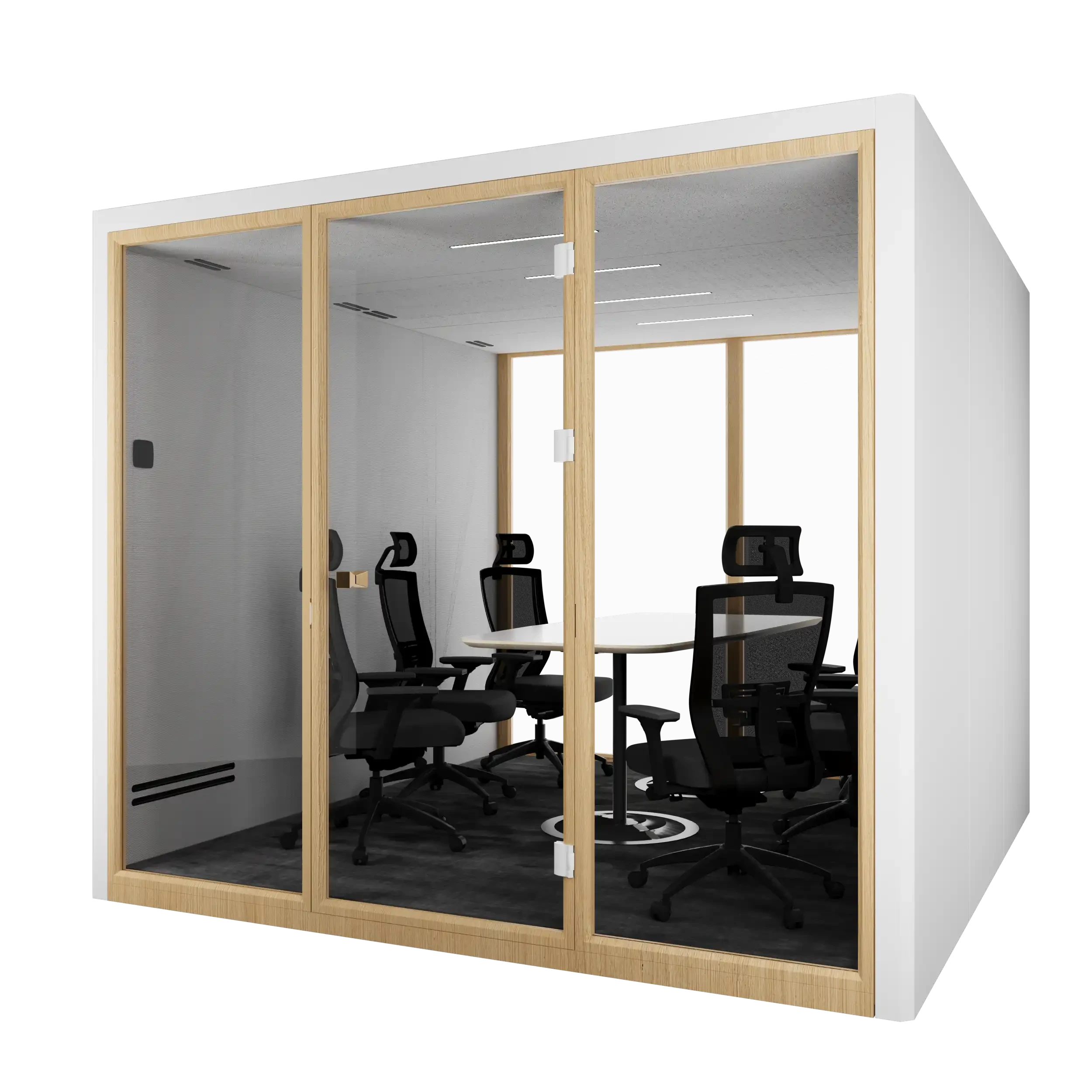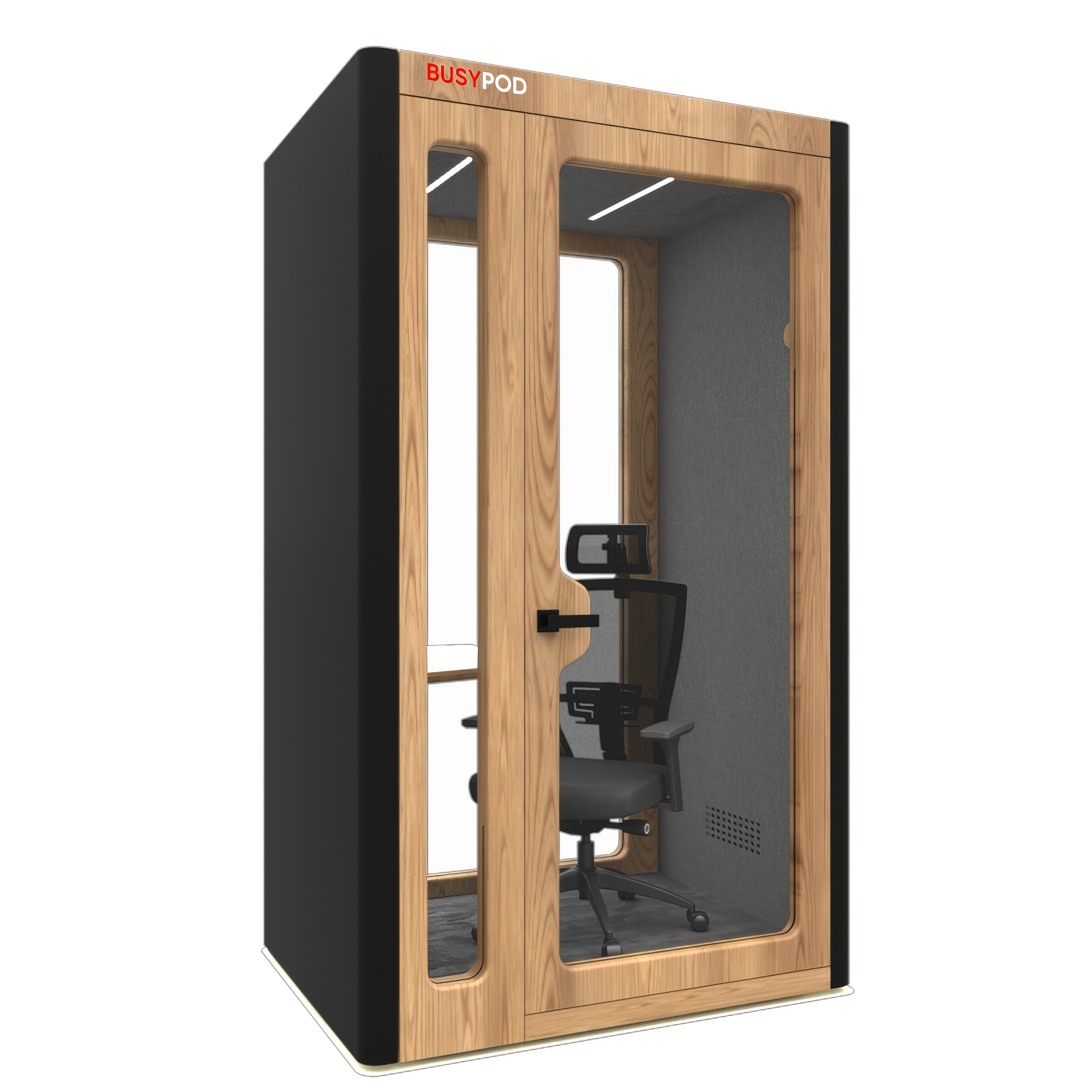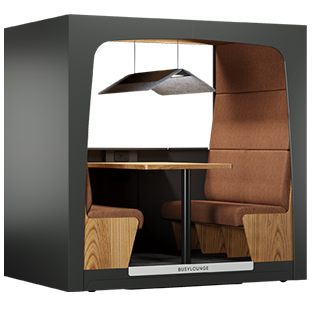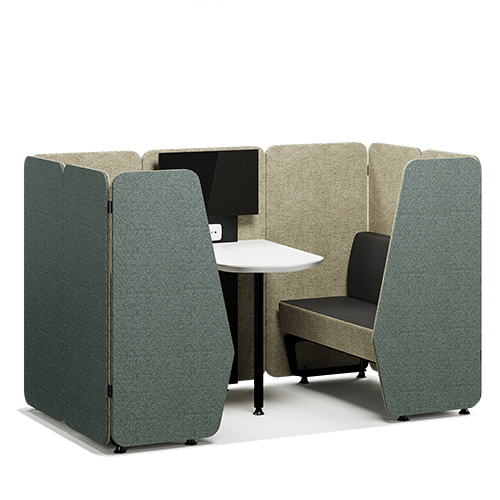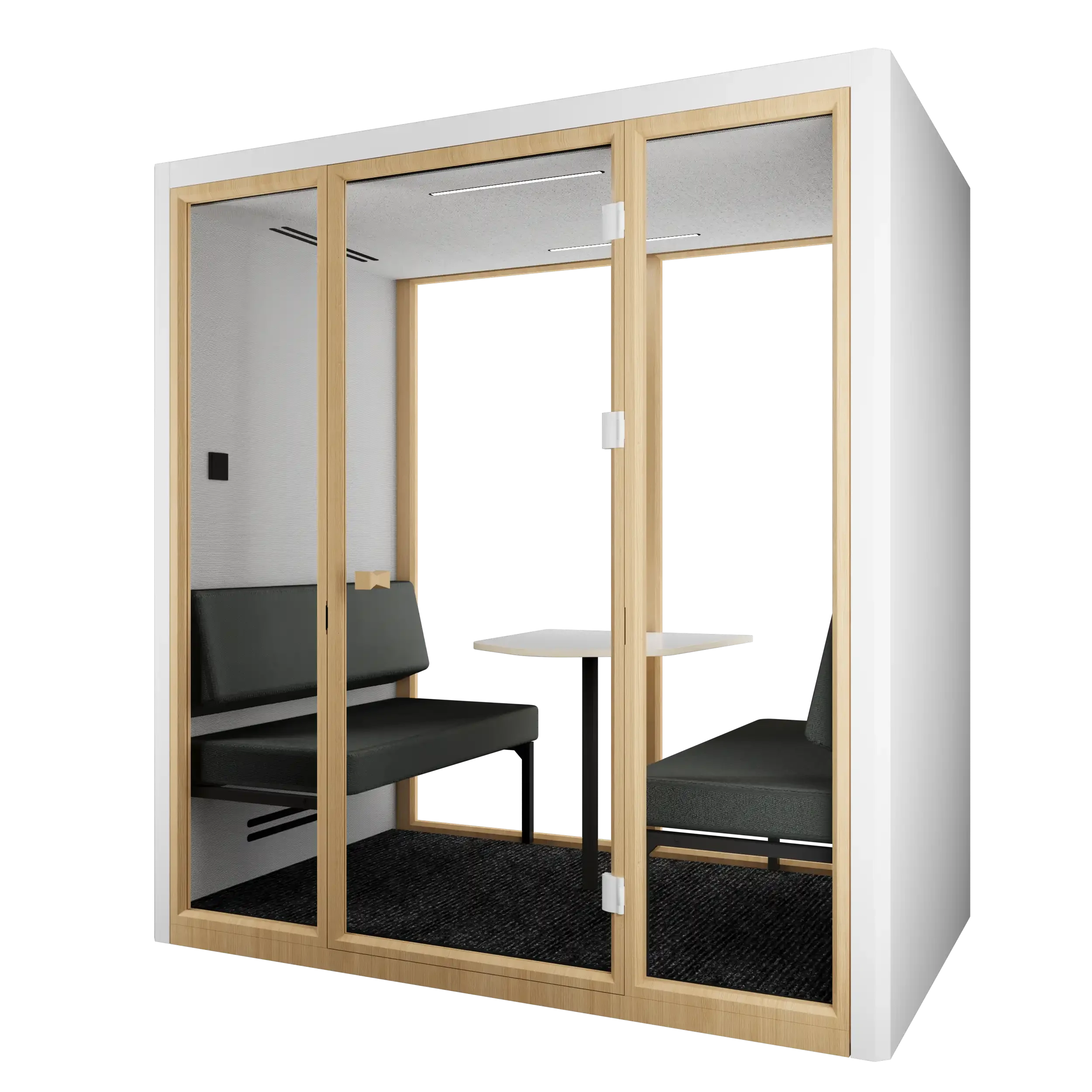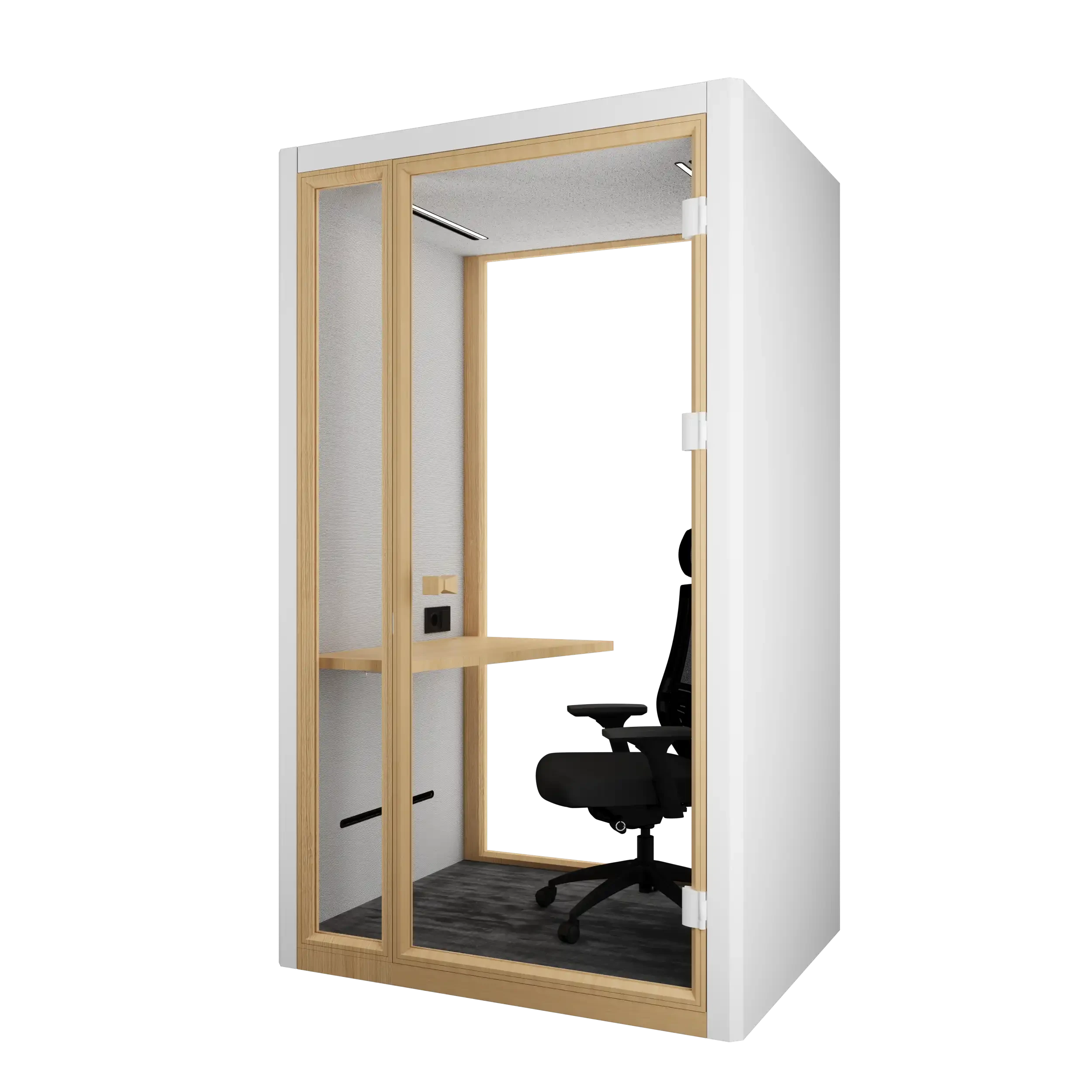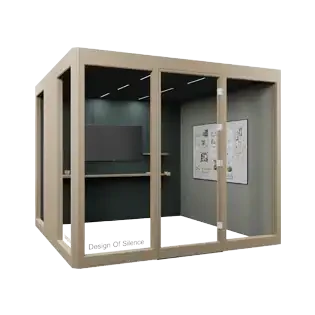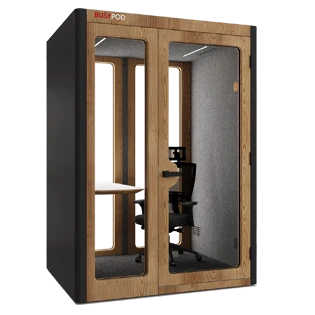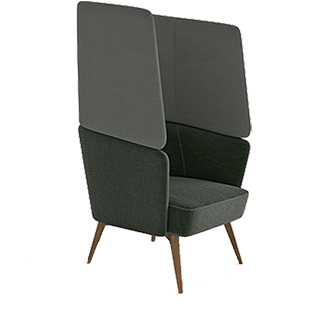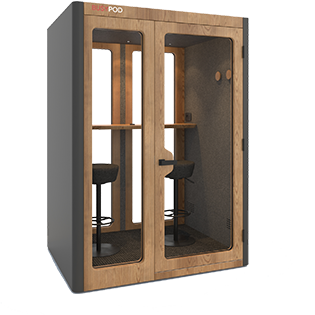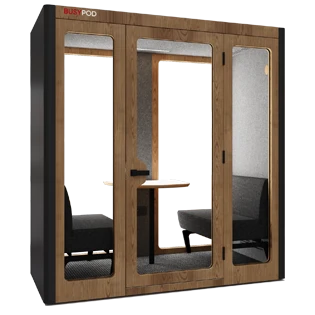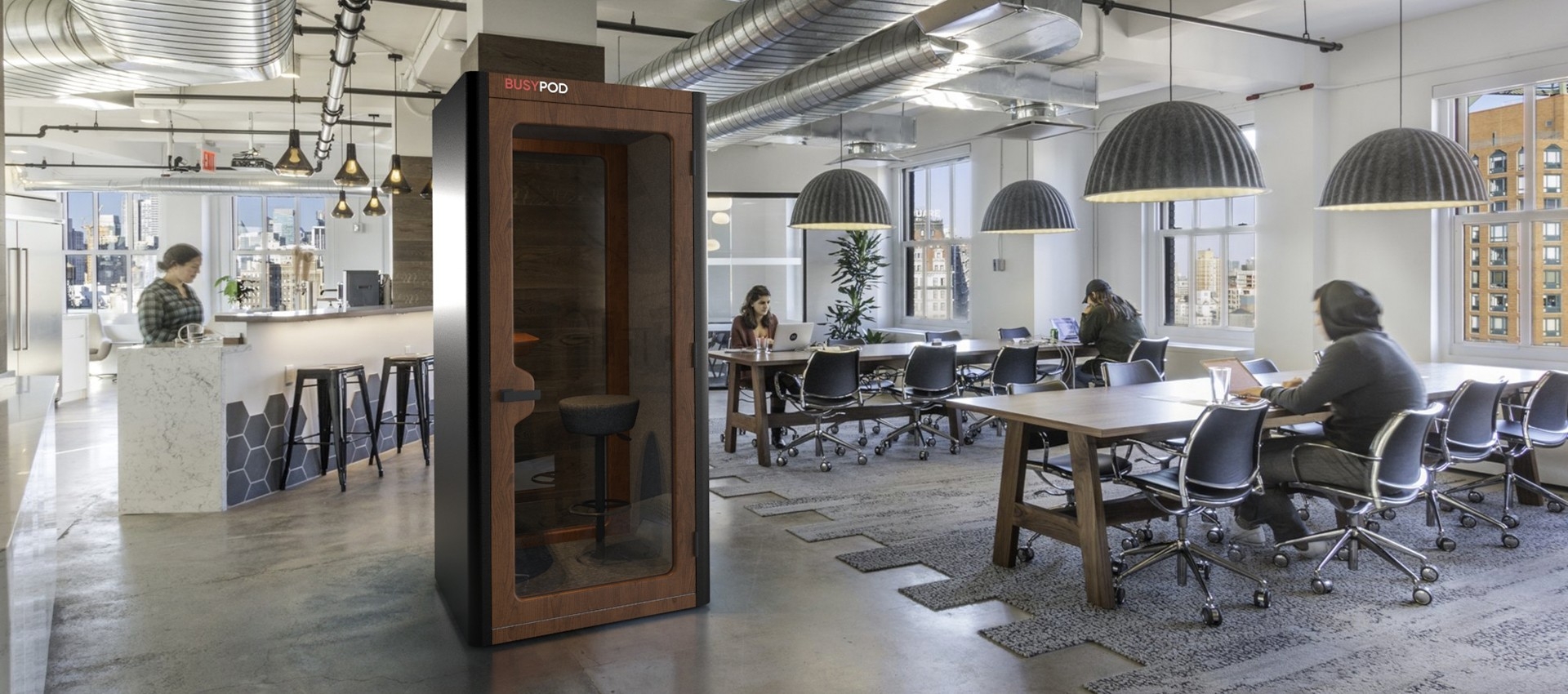
How Can Workspaces Adapt to the Post-Covid Era?
The COVID-19 pandemic was a significant cornerstone in the architecture and design of workspaces. Health concerns and official regulations forced companies to introduce new solutions during the pandemic. Implementing new technologies and tools was the only way companies could handle the difficult situation. Nevertheless, the pandemic boosted the popularity of remote working, causing many people to realise the convenience of working from home. Remote working was also a lucrative solution to cut down transportation expenses for most companies. Also, working from the comfort of their own personal spaces boosted the efficiency of employees - which was highly positive for companies that'd been looking for new ways to increase their productivity.
However, the introduction of remote work had its upsides too. Some employees, especially those accustomed to the physical offices and work environments, couldn't adapt to this new normal, causing a decrease in productivity at times. Also, while remote working had an overall positive effect on most employees, even those who enjoyed the comfort of their houses experienced some issues; working from home became too monotonous and going to a café or park was tiring.
Thankfully, companies found a solution to this issue too. In order to promote productivity and efficiency, they introduced a hybrid workforce and changed office designs. Thus, a new - and modern - understanding of workspace was born.
Fortunately, the pandemic is slowly ending; nevertheless, its effect on workspaces continues. As the pandemic drastically changed our understanding of work, companies must adapt to this new understanding. Let's discover how modular spaces can adapt to the new post-covid era.
1. Be Ready to Change
The easiest way to adapt to change is to understand that there'll be constant change, no matter what. Therefore, companies should always look for new ways to improve their workspaces and create safer and healthier environments for their employees.
Plus, as new technologies are constantly introduced, companies will have to find new ways to update their methods and tools. Equipping meeting rooms with TVs, having high-tech IT rooms, and using the latest software are only some of the ways to adapt to change.
2. Social Spaces
People were frustrated by the curfews and lockdowns during the pandemic; as a result, socialising in a workspace is more important than ever. In the post-covid era, people see workspaces as places they socialise and contribute. That's why they look for environments where they can be comfortable and productive at the same time. Employees don't want to be trapped in a room or cubicle for eight hours; they want to have the opportunity to collaborate and contribute.
One of the ways to achieve this is introducing open areas where employees can both work and socialise with each other. For example, creating a large common work area where employees can go to work or establishing a garden within the company might give a significant boost to employees' productivity - and happiness.
3. Use of Touchless Technology
During the pandemic, most companies started to look for more hygienic ways to implement in their workspaces. The use of touchless technology was one of the solutions most companies preferred. Nevertheless, the importance of such technologies won't lose their importance in the post-covid era. On the contrary, most people prefer less contact with objects and surfaces in common areas. That's why using automatic doors, motion-sensor lighting, and voice-activated controls might be a helpful way to promote hygiene and reduce contact points.
4. Try Contemporary Architecture and Design
Does a work and meeting pods have to look dull and boring? Of course, not - especially today. The same old picture on the wall and a few plants on the corners won't encourage employees to work harder. It just makes them feel trapped and bored. Nevertheless, there's a solution to dissolve the dull atmosphere in an office and turn it into a more creative area: using contemporary décor.
Sleeker designs can give a personality and familiar atmosphere to an office, creating a more comfortable and breathable space for employees to show their real potential.
5. Promote Hybrid Workforce
Although most employees prefer working remotely, staying at home for a long period of time also has some disadvantages. Therefore, companies may design modular spaces to accommodate a hybrid workforce, with areas for both remote workers and those who choose to work on-site. Such designs might implement recent technologies to allow both type of workers to collaborate more efficiently and effortlessly.
6. Private Spaces Are Needed
Annoying co-workers, a noisy environment and crowd are among the most common problems we encounter in an office. Nevertheless, this problem might be solved by providing employees with more privacy.
Most companies and offices have already been providing more private spaces within their offices for their employees. Yet, in the post-covid world, there'll be an even more significant emphasis on personal space and privacy. Therefore, in the foreseeable future, it's possible that most offices will have closed private pods, in addition to large open areas, in order to maintain a balance between social and private work environments.
7. Biophilic Design for Well-Being
The well-being of employees should be one of the most significant concerns of a company. Therefore, companies can implement biophilic designs, such as natural light, green areas and natural materials, to promote the mental and physical health of their employees.
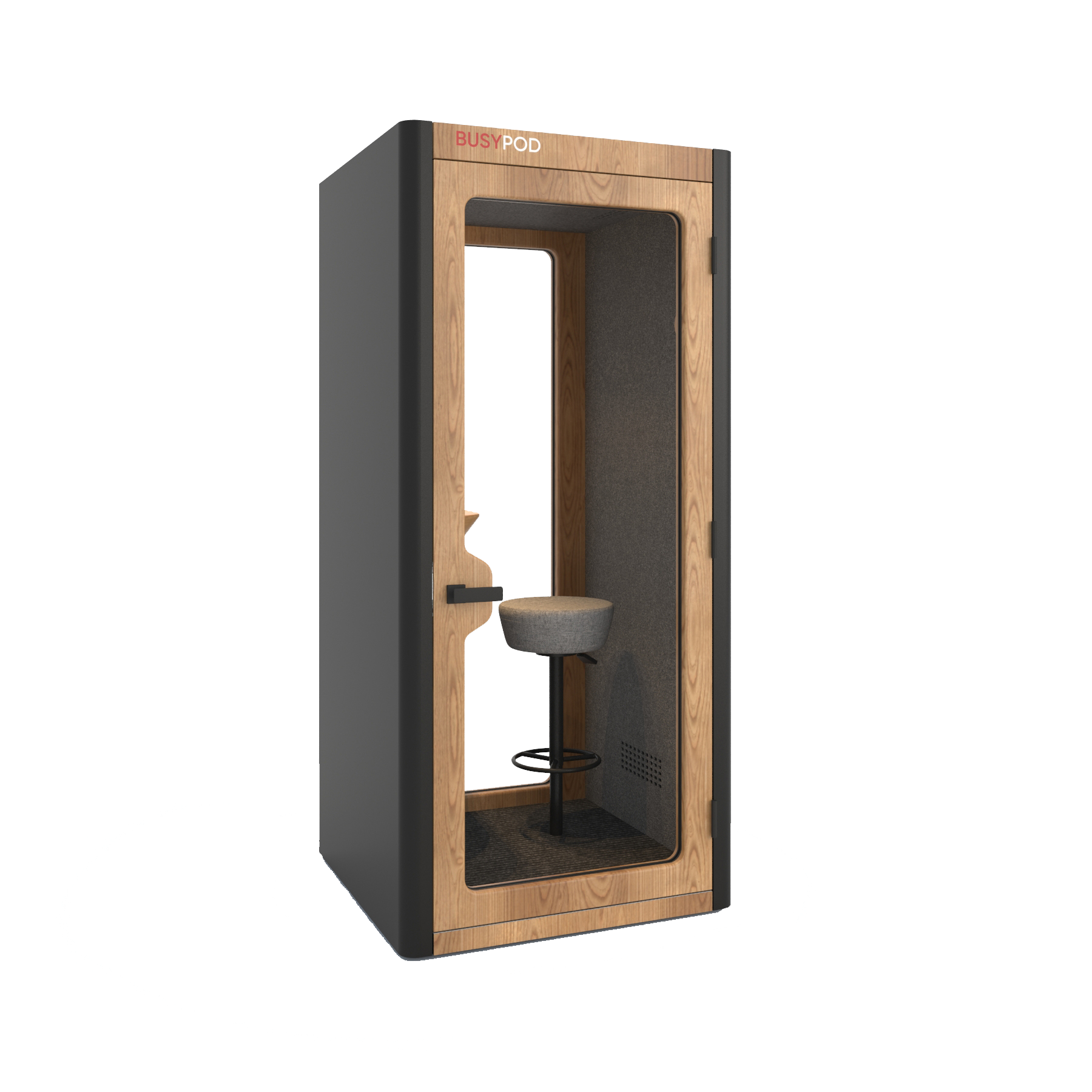 Design Your Pod
Design Your Pod


